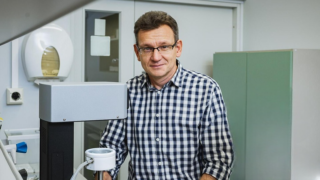Members

Head of the research team
Publications
Biofuels and Bioproducts from Lignocellulosic Materials: Biomaterials
Enhanced Detection of Biological Warfare Agents Using MALDI-ToF Mass Spectrometry Integrated with Artificial Intelligence
Projects
Recognitions
Fellowship of Russian Foundation of Basic Researches
Certificate of Merit of Donetsk Region Governor (Ukraine)
Fellowship of Embassy of France in Ukraine for young researchers